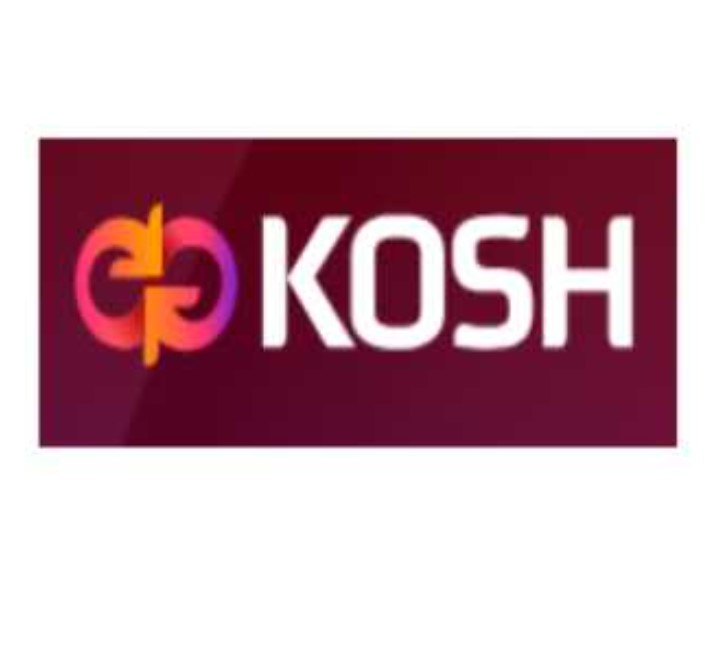In today's complex financial landscape, companies face increasing pressure to manage their financial resources efficiently and effectively. As businesses grow and expand their operations globally, the need for a robust and integrated approach to treasury management has never been greater. An Integrated Treasury Management System (TMS) offers a comprehensive solution, enabling organizations to optimize their financial operations, enhance decision-making, and mitigate risks in real time.
Understanding Integrated Treasury Management Systems
An Integrated Treasury Management System is a sophisticated software platform that centralizes and automates various aspects of an organization's treasury functions. These systems are designed to manage cash flow, liquidity, investments, debt, foreign exchange, and risk management, all within a unified framework. By consolidating these functions, an Integrated TMS provides treasury teams with a holistic view of the company’s financial position, allowing for more informed and timely decision-making.
The Core Functions of an Integrated TMS
- Cash and Liquidity Management: One of the primary functions of a TMS is to manage cash and liquidity. This involves monitoring cash positions across multiple accounts, currencies, and regions in real time. An Integrated TMS provides accurate cash forecasting, ensuring that companies maintain optimal cash levels to meet their obligations while maximizing returns on surplus funds. The ability to automate cash management processes reduces manual intervention, minimizes errors, and improves overall efficiency.
- Risk Management: Financial risks, such as foreign exchange fluctuations, interest rate changes, and credit risks, can have significant impacts on a company’s financial health. An Integrated TMS offers tools for identifying, assessing, and mitigating these risks. It allows companies to implement hedging strategies, perform stress testing, and simulate different market scenarios to understand potential impacts on their financial position. By integrating risk management within the TMS, organizations can take a proactive approach to safeguarding their assets.
- Payment Processing: Managing payments across multiple platforms and currencies can be a daunting task. An Integrated TMS streamlines payment processes by centralizing payment instructions, automating payment workflows, and providing real-time visibility into payment status. This not only reduces the risk of errors and fraud but also ensures compliance with regulatory requirements and enhances the efficiency of global payment operations.
- Debt and Investment Management: For companies with complex debt structures or significant investment portfolios, managing these assets effectively is critical. An Integrated TMS provides tools for tracking and managing debt obligations, optimizing interest expenses, and ensuring timely debt servicing. On the investment side, the system helps manage portfolios, track performance, and align investment strategies with corporate objectives. By integrating debt and investment management, companies can balance their capital structure more effectively and achieve their financial goals.
- Compliance and Reporting: Regulatory compliance is a significant concern for treasury operations, particularly for multinational corporations. An Integrated TMS helps ensure compliance by automating the generation of reports required by regulatory bodies, such as the Securities and Exchange Commission (SEC) or the European Central Bank (ECB). It also facilitates internal reporting, providing stakeholders with the financial insights they need to make informed decisions. The ability to generate customized reports quickly and accurately is a key advantage of an Integrated TMS.
Benefits of Implementing an Integrated TMS
- Improved Efficiency and Cost Savings: By automating manual processes and centralizing treasury functions, an Integrated TMS significantly improves operational efficiency. This reduction in manual intervention not only saves time but also lowers operational costs. Moreover, the system's ability to optimize cash flow, manage risks, and ensure compliance contributes to overall financial health, leading to long-term cost savings.
- Enhanced Decision-Making: Access to real-time data and advanced analytics is crucial for effective decision-making. An Integrated TMS provides a single source of truth for all treasury-related information, allowing treasury teams to make informed decisions quickly. Whether it’s deciding on the best use of surplus cash, evaluating risk exposures, or determining the most cost-effective payment strategy, the insights provided by an Integrated TMS enable smarter, faster decisions.
- Greater Transparency and Control: In today’s regulatory environment, transparency and control are paramount. An Integrated TMS offers real-time visibility into financial positions across the organization, ensuring that all stakeholders have access to accurate and up-to-date information. This transparency is essential for maintaining control over financial operations and ensuring that the company is adhering to best practices and regulatory requirements.
- Scalability and Flexibility: As companies grow, their treasury needs become more complex. An Integrated TMS is designed to scale with the business, accommodating increased transaction volumes, additional currencies, and new regulatory requirements. The system’s flexibility allows companies to adapt quickly to changing market conditions and business needs, ensuring that treasury operations remain efficient and effective.
- Risk Mitigation: By providing a comprehensive view of financial risks and integrating risk management strategies into daily operations, an Integrated TMS helps companies mitigate the impact of adverse market conditions. Whether it’s through hedging foreign exchange exposures, managing interest rate risk, or ensuring compliance with debt covenants, the system’s risk management capabilities are a critical component of financial stability.
Conclusion
In an increasingly complex and globalized business environment, the need for an Integrated Treasury Management System has never been more apparent. By centralizing and automating key treasury functions, these systems enable organizations to optimize their financial operations, improve decision-making, and mitigate risks effectively. For companies looking to enhance their financial performance and ensure long-term stability, implementing an Integrated TMS is a strategic investment that delivers significant returns. As businesses continue to evolve, those with a robust TMS in place will be better positioned to navigate the challenges of the modern financial landscape.
For more details, visit us:
Navigating the Future: Emerging Technologies Reshaping Global Finance





Comments